- No products in the cart.

Ibuprofen Tab n / 200mg film about 50 pc
$0.86
Ibuprofen Tab n / 200mg film about 50 pc
Description
Composition
Active substance:
1 tablet contains: ibuprofen – 200 mg.
Excipients:
Potato starch, magnesium stearate, sugar, wheat flour, polyvinyl pyrrolidone, powdered sugar, dextrin, vanillin, gelatin, acid red 2C wax.
Product form:
Coated tablets of 200 mg.
Contraindications
Erosive and ulcerative lesions of the gastrointestinal tract in the acute phase; “Aspirin triad”; violations of blood; ulcerative colitis; diseases of the optic nerve; expressed human kidney and / or liver; Children under 6 years of age; Hypersensitivity to the drug.
Dosage
200 mg
Indications
Rheumatoid arthritis, osteoarthritis, articular syndrome in exacerbation of gout, psoriatic arthritis, ankylosing spondylitis (ankylosing spondylitis), cervical spondylosis, Leu-Barre syndrome (cervical migraine, vertebral artery syndrome); neuralgia, myalgia, tendinitis, bursitis, tenosynovitis, neuralgic amyotrophy, stretching ligaments, bruises, sciatica, traumatic inflammation of soft tissue and musculoskeletal system; fevers of various origins (including after immunization); symptomatic treatment of influenza and SARS; postural hypotension when taking antihypertensives; nephrotic syndrome (to decrease the severity of proteinuria).
As an auxiliary agent: infectious and inflammatory diseases of upper respiratory tract (tonsillitis, pharyngitis, laryngitis, sinusitis, rhinitis), bronchitis, pneumonia, inflammatory processes in the pelvis, adnexitis, primary dysmenorrhea, tuberculosis, post-operative pain, headache, toothache, panniculitis.
Interaction with other drugs
Inductors microsomal oxidation (phenytoin, ethanol, barbiturates, ziksorin, rifampicin, phenylbutazone, tricyclic antidepressants) increase the production of hydroxylated active metabolites, increasing the risk of severe intoxication.
Inhibitors of microsomal oxidation – reduce the risk of hepatotoxicity.
Decreases hypotensive activity vasodilators (including BCCI and ACE inhibitors), natriuretic – furosemide and hydrochlorothiazide.
Reduces the efficiency of uricosuric drugs, enhances the action of anticoagulants, antiplatelet agents, fibrinolytics (increasing the risk of bleeding complications) side effects mineralokortikosteroidov, GCS (risk of gastrointestinal bleeding), estrogens, ethanol; enhances hypoglycemic effect of sulfonylurea derivatives. Antacids cholestyramine and reduce absorption. Increases the blood concentration of digoxin, drugs lithium and methotrexate. Caffeine increases the analgesic effect.
Overdose
Symptoms: abdominal pain, nausea, vomiting, lethargy, sleepiness, depression, headache, tinnitus, metabolic acidosis, coma, acute renal failure, decreased blood pressure, bradycardia, tachycardia, atrial fibrillation, respiratory arrest.
Treatment: gastric lavage (only one hour after administration), activated carbon, alkaline water, diuresis, symptomatic therapy (correction of acid-base balance, blood pressure).
pharmachologic effect
Pharmacological group:
Nonsteroidal anti-inflammatory drugs.
Pharmacodynamics:
NSAIDs. It has analgesic, antipyretic and anti-inflammatory effect. The mechanism of action of ibuprofen due to inhibition of the biosynthesis of prostaglandins – mediators of pain, inflammation and reaction temperature.
Pharmacokinetics:
Absorption – high, T1 / 2 – 2 hours, connection with plasma proteins – 90%. -Pochkami excretion with bile. Slowly into the joint cavity, it is retained in the synovial tissue, creating in it a higher concentration than in plasma. After absorption of about 60% pharmacologically inactive R-form is transformed slowly into the active S-shape. Metabolized. Excreted by the kidneys (unchanged no more than 1%) and, to a lesser extent in the bile.
Conditions of supply of pharmacies
Without recipe.
side effects
On the part of the digestive tract: nausea, vomiting, abdominal pain, heartburn, anorexia, diarrhea, flatulence, NSAID-gastropathy.
From the nervous system: headache, dizziness, hearing loss, tinnitus, insomnia, agitation, drowsiness, depression.
From the CCC: heart failure, tachycardia, increased blood pressure.
From the urinary system: edema syndrome, renal failure.
Allergic reactions: skin rash, pruritus, urticaria, angioedema, a rare-aseptic meningitis (usually in patients with autoimmune diseases), bronchospasm.
From the side of blood: anemia, thrombocytopenia, agranulocytosis, leukopenia.
Other: increased sweating.
With prolonged use of large doses – ulceration of the gastrointestinal mucosa, bleeding (gastrointestinal, gingival, uterine, hemorrhoids), vision disturbance (disturbance of color vision, scotoma, amblyopia).
special instructions
During treatment requires monitoring picture peripheral blood and functional state of the liver and kidneys.
If you have symptoms of gastropathy shows careful monitoring, including the holding of esophagogastroduodenoscopy, a blood test with determination of Hb, hematocrit, analysis of stool for occult blood.
To prevent the development of NSAID-gastropathy should be combined with preparations of prostaglandins.
If necessary, the definition of 17 – ketosteroids drug should be discontinued 48 hours prior to the study.
Patients should refrain from all activities that require attention, rapid mental and motor responses.
During the period of treatment is not recommended intake of ethanol.
Storage conditions
In a dry place, protected from light.
Dosing and Administration
Inside, after a meal.
Adults: in osteoarthritis, psoriatic arthritis and ankylosing spondylitis – 400 – 600 mg of 3 – 4 times per day.
In rheumatoid arthritis – 800 mg 3 times a day; soft tissue trauma, ligament damage – 1.6 – 2.4 g / day in divided doses.
In primary dysmenorrhea – 400 mg of 3 – 4 times a day; under moderate pain syndrome – 1.2 g / day.
Children older than 12 years, initial dose – 150 – 300 mg 3 times a day; maximum dose – 1 g, and then – 100 mg 3 times a day; in juvenile rheumatoid arthritis -30 – 40 mg / kg / day in divided doses. To reduce 39,2 ° C above body temperature, and – 10 mg / kg / day, below 39,2 ° C – 5 mg / kg / day.
Information
Appearance may differ from that depicted in the picture. There are contraindications. You need to read the manual or consult with a specialist
Additional information
| Weight | 0.100 kg |
|---|---|
| Manufacturer | Russia |

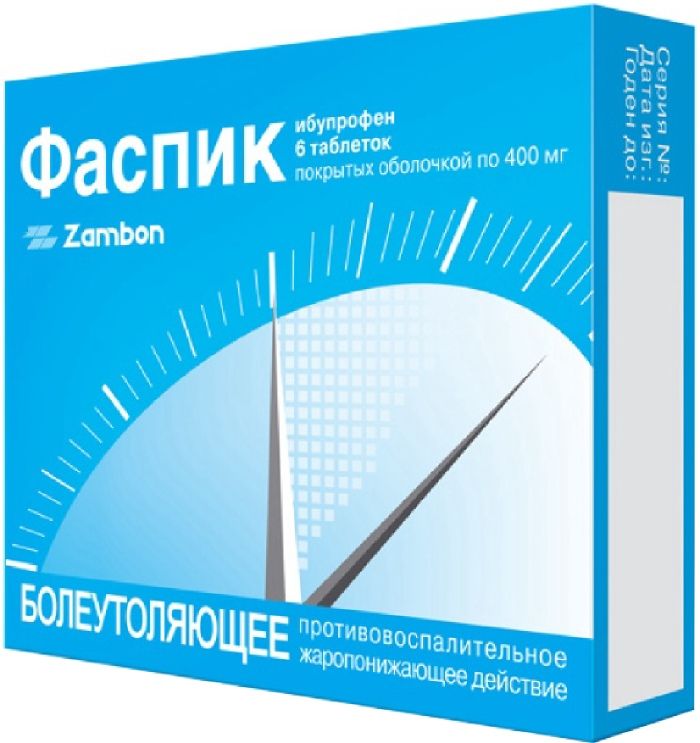
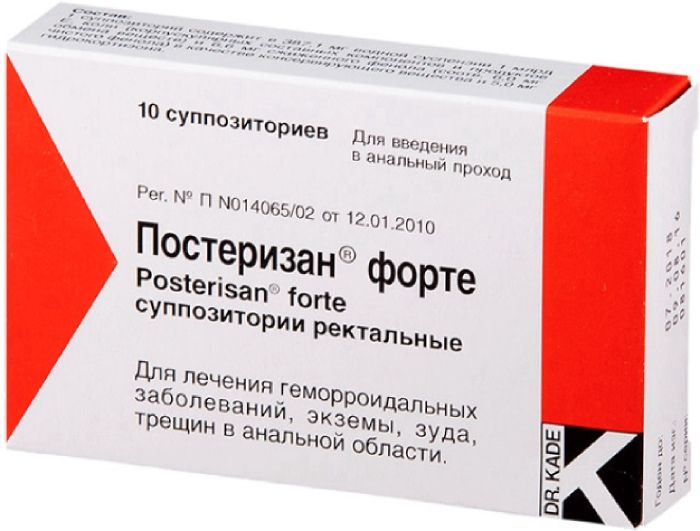
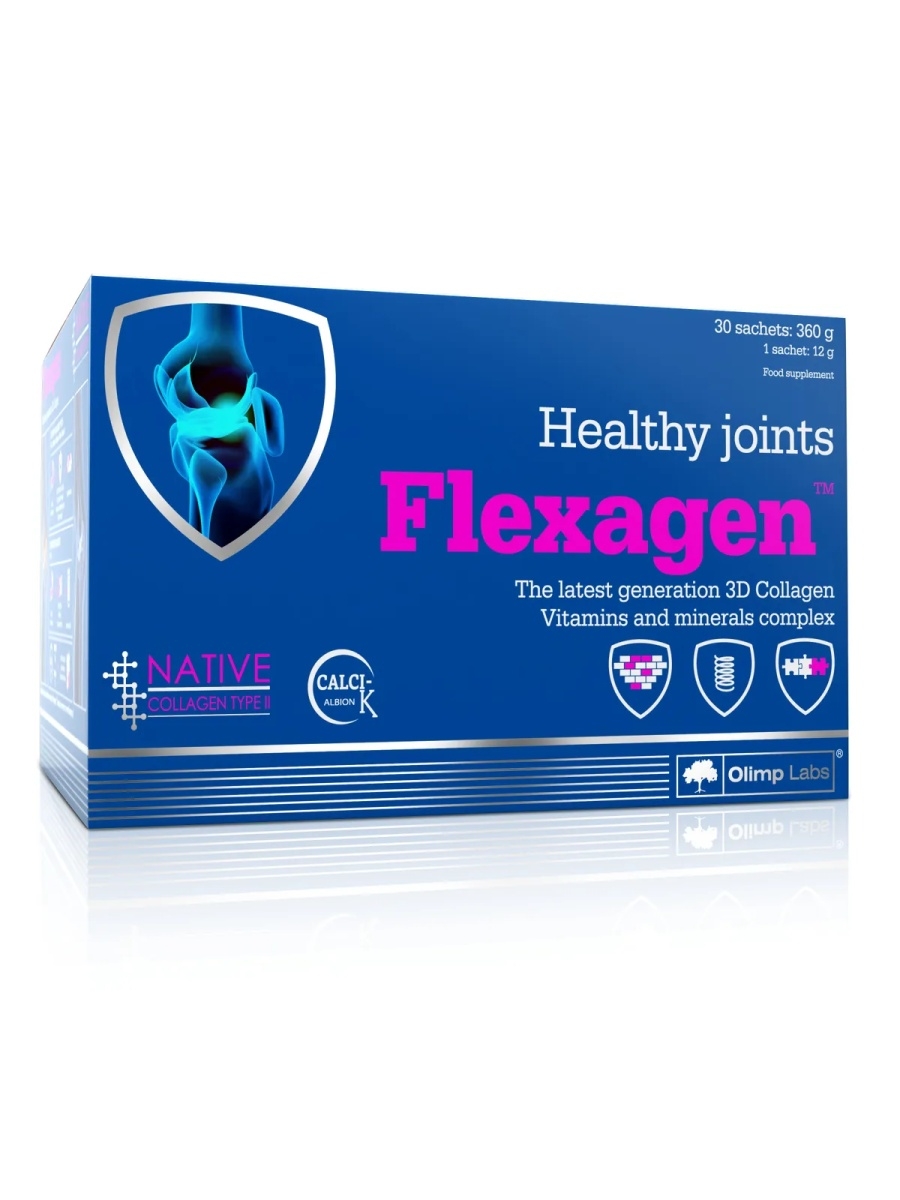
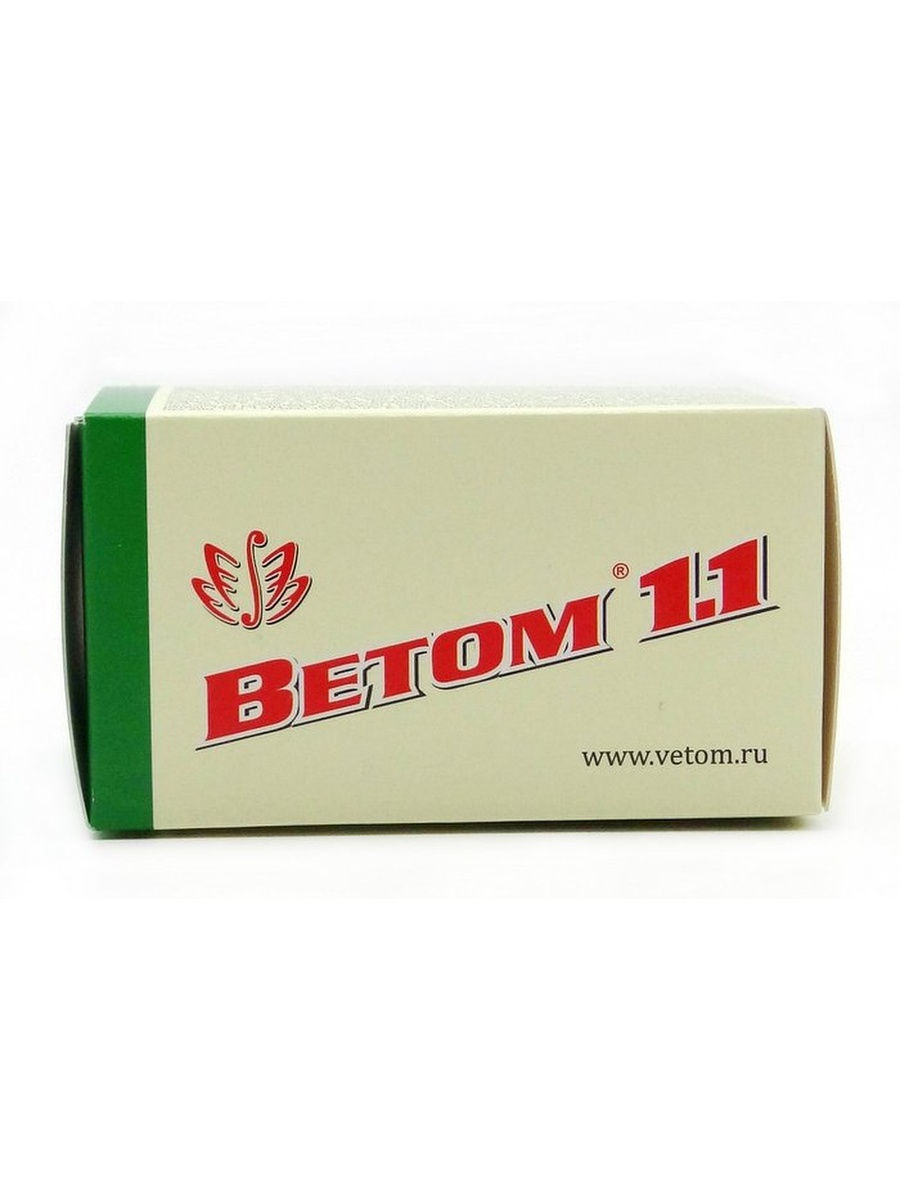
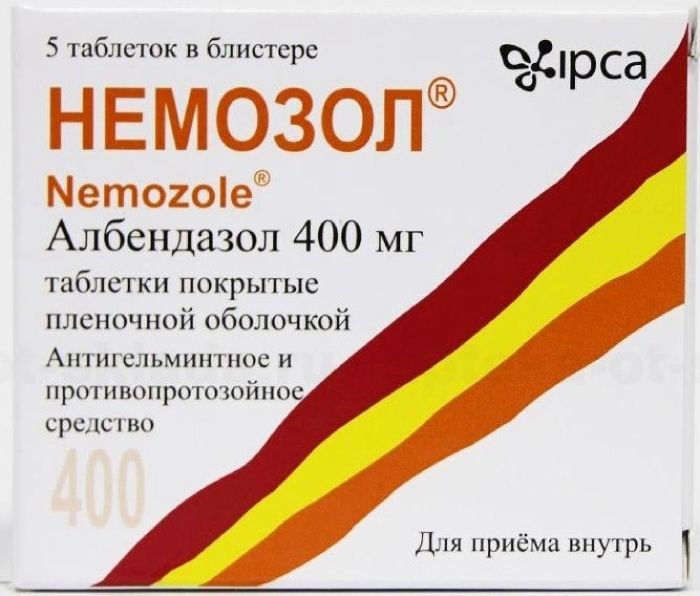
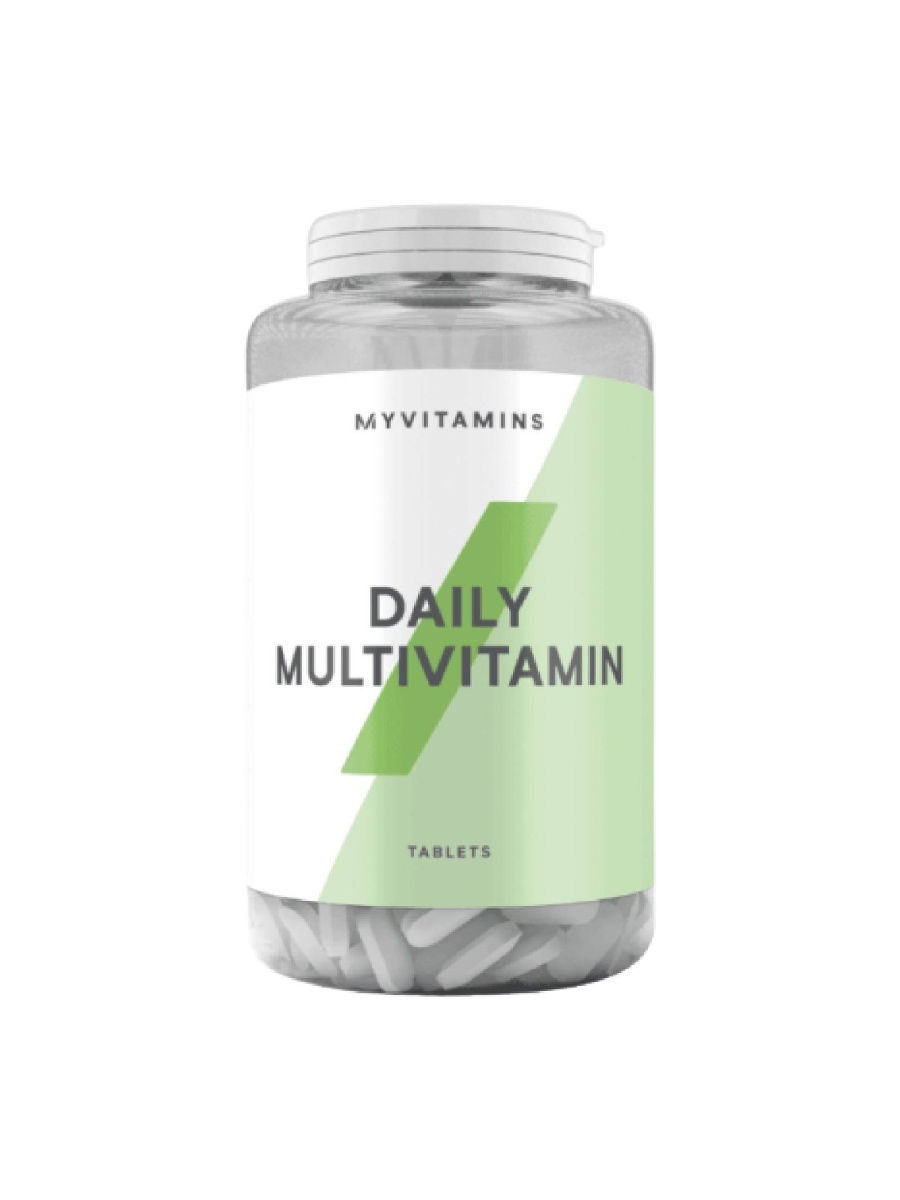
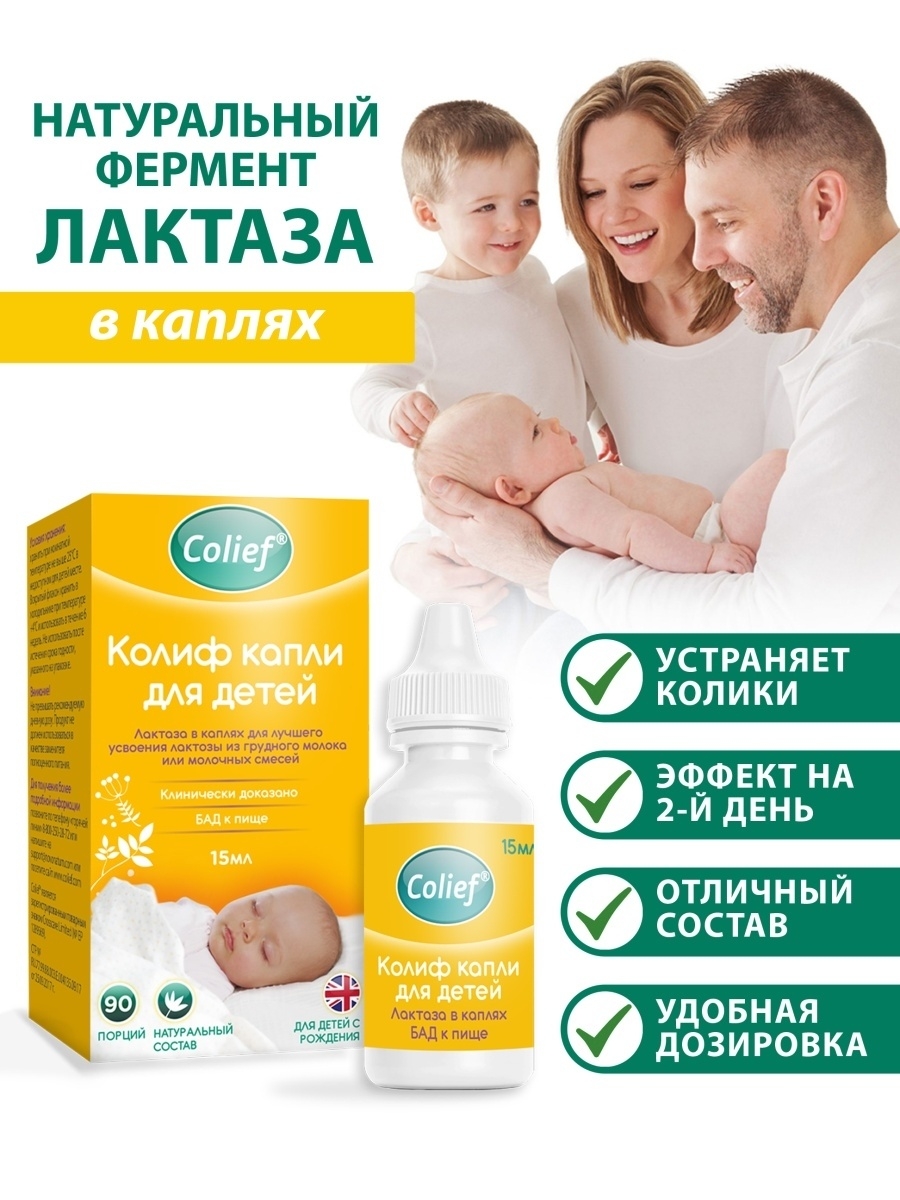
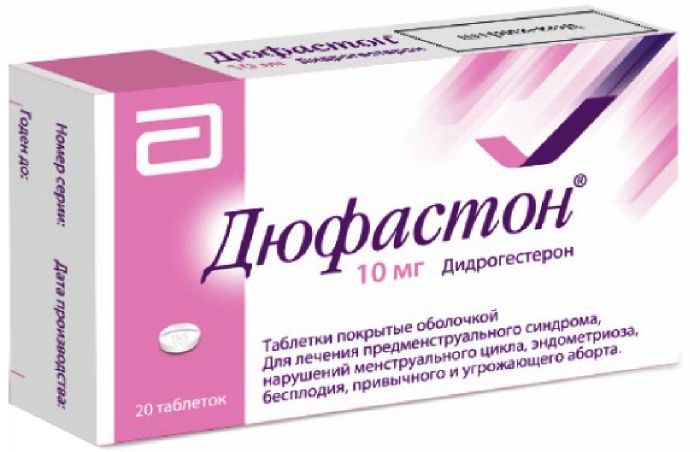




There are no reviews yet.